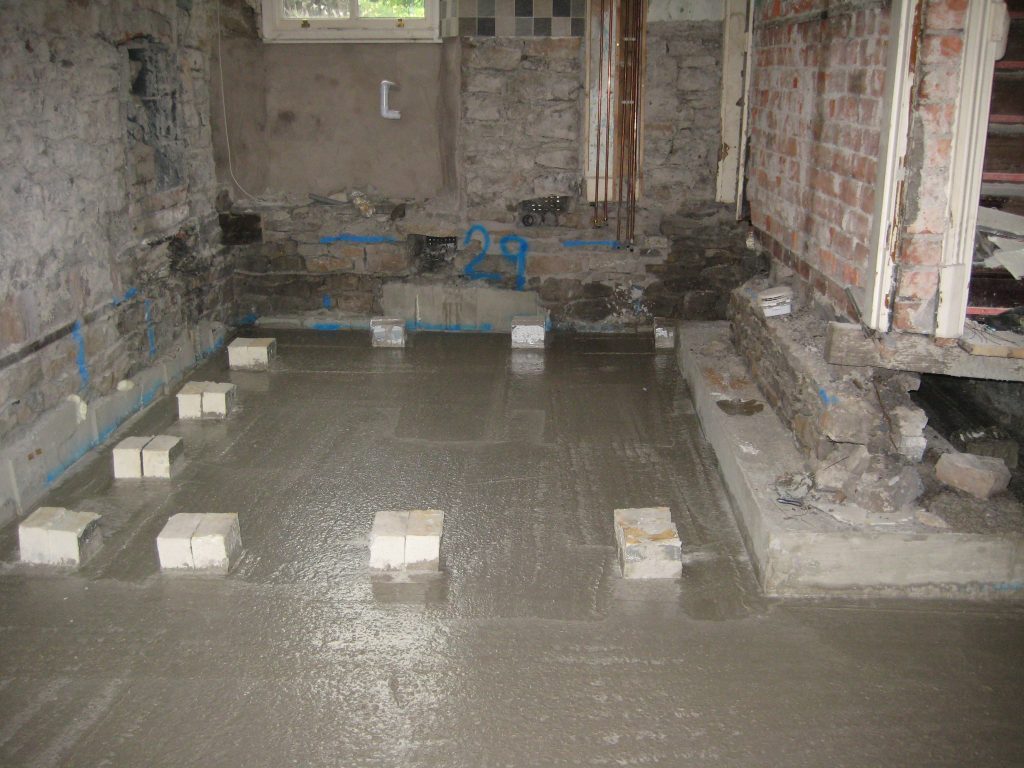In the realm of construction and engineering, ensuring the stability and integrity of a structure is key. Whether it’s renovating historical buildings, reinforcing foundations for new constructions, or addressing subsidence issues, the need for robust solutions is undeniable.
What is Underpinning?
Underpinning is a technique employed to strengthen and stabilise the foundations of existing structures. It involves the process of extending the depth or breadth of a foundation to provide additional support, typically in cases where the existing foundation is inadequate or compromised. This method effectively redistributes the load of the structure, ensuring its long-term stability and preventing structural damage.
What Are the Benefits of Underpinning?
- Enhanced Structural Stability: The primary purpose of underpinning is to reinforce and stabilise existing foundations. By extending the depth or breadth of the foundation, underpinning redistributes the structural load, effectively mitigating the risk of settlement or structural failure. This enhanced stability provides a solid foundation for further construction or renovation work, ensuring the longevity of the structure.
- Versatility in Challenging Environments: One of the standout advantages of underpinning is its versatility in addressing a wide range of challenges. Whether confronted with restricted access sites, varying ground conditions, or historical structures with delicate foundations, underpinning techniques can be tailored to suit the specific needs of the project. RBL offers a diverse range of specialist underpinning solutions, allowing flexibility in application across different environments.
- Cost-Effectiveness and Time Efficiency: Despite its intricate nature, underpinning can often prove to be a cost-effective solution compared to alternative methods such as foundation replacement. By targeting specific areas of the foundation requiring reinforcement, underpinning minimises disruption and reduces the need for extensive excavation or demolition work.
- Preservation of Historic Structures: For projects involving historic or heritage buildings, preserving the integrity of the original structure is key. Underpinning offers a non-intrusive method of strengthening foundations without compromising the architectural significance of the building. RBL understands the importance of heritage preservation and employs underpinning techniques that respect the integrity and character of historical structures, enabling them to stand the test of time.
- Long-Term Reliability: Investing in underpinning not only resolves immediate foundation concerns but also provides long-term assurance. By addressing underlying structural issues and fortifying foundations, underpinning enhances the resilience of the structure against future challenges such as soil movement or environmental factors. This proactive approach to structural integrity minimises the risk of costly repairs or disruptions down the line, ensuring the continued safety and functionality of the building.
Whether you’re embarking on a new construction project, renovating an existing structure, or addressing foundation issues, underpinning offers a reliable and cost-effective solution.
Contact us today to learn more about our specialist underpinning solutions and discover how we can add value to your next project.




